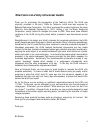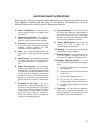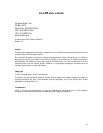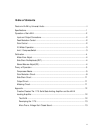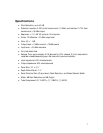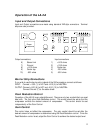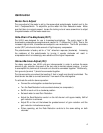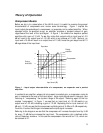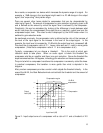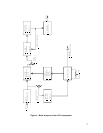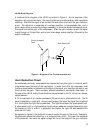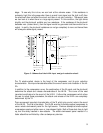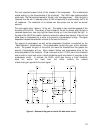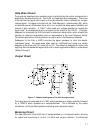ii
Teletronix LA-2A by Universal Audio
Thank you for purchasing this reproduction of the Teletronix LA-2A. The LA-2A was
originally produced in the early 1960s by Teletronix, which was later acquired by
Babcock Electronics Corporation. My father purchased the product rights and the name
Teletronix from Babcock Engineering in 1967, folding it into his Studio Electronics
Corporation, shortly before he changed the name to UREI. There were three different
variations of the LA-2A during this period before production was discontinued around
1969.
Straightforward in its design, and initially intended for broadcast applications, the LA-2A
quickly became standard equipment in studios worldwide. Many have been painstakingly
maintained for the 30 years that they have remained in use since production stopped. A
tube-based compressor, the LA-2A features hand-wired components and two simple
controls. At the time, its electro-luminescent optical gain reduction was quite revolutionary:
applying the audio signal to an electro-luminescent light panel which shines on a photo-
electric cell which in turn controls the gain. In contrast to the electro-optical devices which
preceded it, the electro-luminescent light source provided the fast attack necessary for
broadcast applications. Additionally, the cadmium-sulfide photo-cells provided a very
natural “two-stage” release which resulted in a compression characteristic more
transparent than the other compressors of its day. To this day the LA-2A delivers a
trademark sound treasured by engineers worldwide.
Here at Universal Audio, we have gone to great lengths to recreate the LA-2A with
complete authenticity. It’s been no small feat to locate obscure parts, put quality control
programs in place that didn’t exist 30 years ago and find personnel capable of the
handwork that goes into each unit. Every step was necessary to ensure that each LA-2A
delivers the sound you expect.
As for the future, we are working on additional reproductions beyond the LA-2A and
1176LN. To that end, we are interested in your opinions about your favorite pieces of
vintage gear. What can’t you live without? What would you love to own, but can’t find
any longer? In addition, Universal Audio is working on new products designed to meet
the demands of the modern digital recording studio, yet retaining the character of classic
vintage equipment.
Developing these products has been quite an adventure, enjoyed by all involved. We
thank you for your support and we thank my father, Bill Putnam.
Thank you,
Bill Putnam




